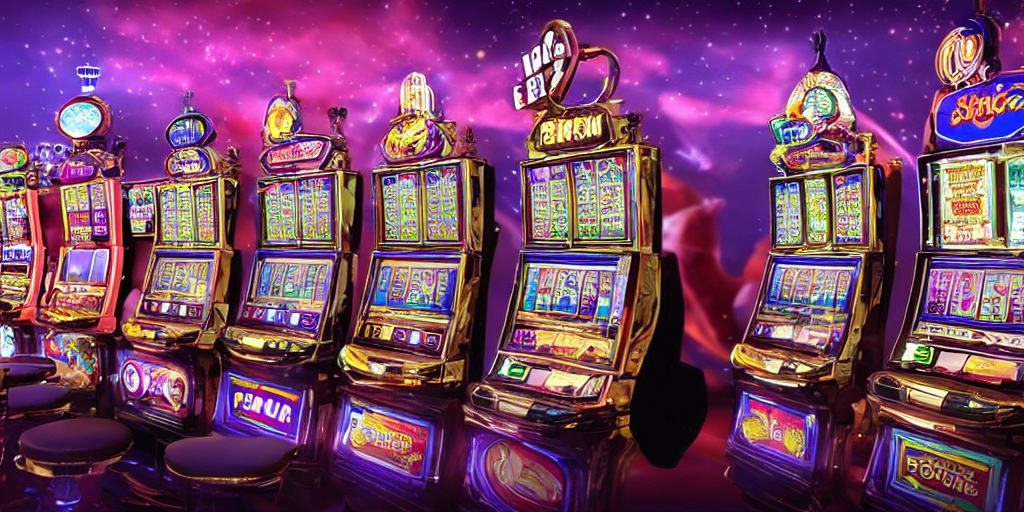
Within the dynamic and exciting world of casinos, wherein fortune and tactics intertwine, hues and aesthetic play a key role in drawing in gamblers. As soon as visitors step into a casino or log into a gaming platform, they are immersed in a visual feast that grabs their attention and entices them to discover more. Vivid colors, engaging graphics, and creative layouts are carefully crafted to create an environment of excitement and anticipation, ultimately improving the gaming experience.
While gamblers navigate through the ever-changing landscape of casino games, they encounter a variety of designs that not only serve aesthetic purposes but also affect emotions and choices. Hues like red and yellow symbolize wealth and luck, while soothing navy and greens can create a more tranquil environment. Grasping how these elements function together allows casinos to create an inviting and energizing atmosphere that encourages players to engage with the games, invest additional time at the tables, and boost their overall enjoyment.
The Psychology of Tint in Gaming Establishments
Tint plays a key role in the development of gaming experiences, influencing player emotions and behaviors. Bright and vibrant shades, such as red and yellow, are often used to incite thrill and attract attention. These hues create a sense immediacy and dynamism, encouraging players to participate more enthusiastically with the activity. By strategically selecting tints, designers aim to elicit emotions of pleasure and anticipation, which can enhance the overall gaming experience.
Various colors also have psychological associations that can impact how participants perceive their odds of success. For instance, lime is frequently associated with luck and wealth, making it a frequent choice in games like the roulette wheel and poker setups. This link can lead gamblers to feel more hopeful and assured in their gaming, ultimately encouraging them to stake more. Comprehending these links allows game creators to design environments that enhance player happiness and retention.
Moreover, the design of gambling game interfaces often employs gradients and differing hues to instruct players’ responses. For case, successful results may be highlighted with striking, contrasting colors, creating a visual cue. This method reinforces favorable outcomes and promotes repeated engagement. By exploiting the science of color, casinos can develop games that not only attract participants but also maintain them involved and committed in their game experience.
Design Features that Attract Players
The aesthetic appeal of casino games is primarily influenced by the use of vibrant colors. Bright and contrasting colors are deliberately chosen to create an appealing atmosphere that captures interest. For example, reds and golds often signify good fortune and prosperity, which is why they are prevalent in the color schemes of slot machines and table surfaces. These colors not only attract players in, but they also stir emotions related to excitement and expectation, enhancing the overall gaming experience.
In addition to color, the design and organization of gambling games play a significant role in player attraction. Games are designed to be user-friendly, ensuring that players can easily understand the rules and gameplay. User-friendly interfaces, along with captivating graphics and animations, help maintain gamer interest and encourage extended play sessions. The physical elements, such as the feel of the buttons and the sounds of the games, also add to a holistic sensory experience that keeps players immersed. not on GamStop
Finally, conceptual elements in gaming design can significantly influence player choice. Many gambling games are inspired by popular culture, fairy tales, or exploration motifs, incorporating symbols and characters that connect with players. These themes create a sense of engagement and relatability, making each game feel unique. When players feel a connection to the concept, they are more likely to opt for that game over others, leading to increased participation and enthusiasm within the gambling environment.
Case Studies: Successful Casino Game Designs
One prime example of successful gambling game design is the well-known slot machine series themed around popular movies. Games such as those based on the The Wizard of Oz and Game of thrones utilize bright colors and top-notch graphics to engage players in familiar narratives. The employment of moving visuals and entertaining sound effects grabs the attention of players, creating an emotional connection to the theme. This approach not just fosters longer play but also boosts the overall gaming experience, yielding increased player retention.
Another successful case is the application of color in table games like 21 and the wheel. Casinos often design these games with deep reds and greens, colors traditionally linked with luck and wealth. For instance, the green felt on a blackjack table provides a soothing effect, while the crimson accents in the wheel invite thrill. This deliberate use of color helps to foster an inviting atmosphere that encourages players to join in, addressing their psychological impulses and increasing their enjoyment.
Finally, social casino games that include social features and bright, lively designs have experienced remarkable success in engaging players. Games like Zynga’s Poker and Slotomania leverage bright colors and playful animations to forge an inviting online environment. The integration of leaderboards, social sharing options, and in-game rewards promotes competition and community, pulling players in for longer sessions. Such designs not just make the games visually appealing but also highlight social connectivity, a crucial factor in player retention and engagement within online casino environments.